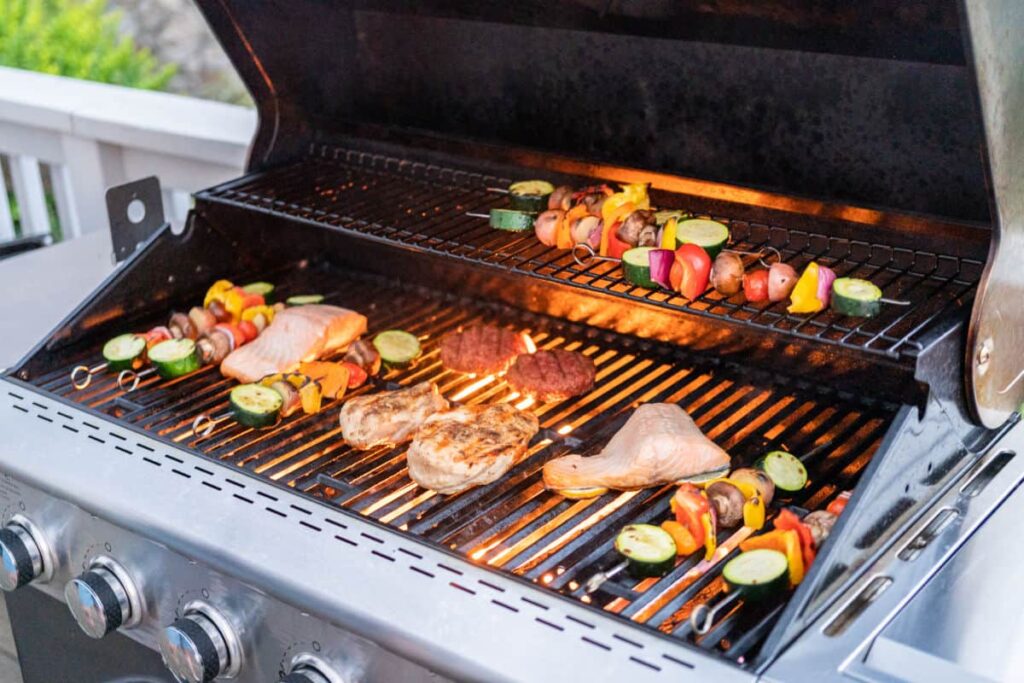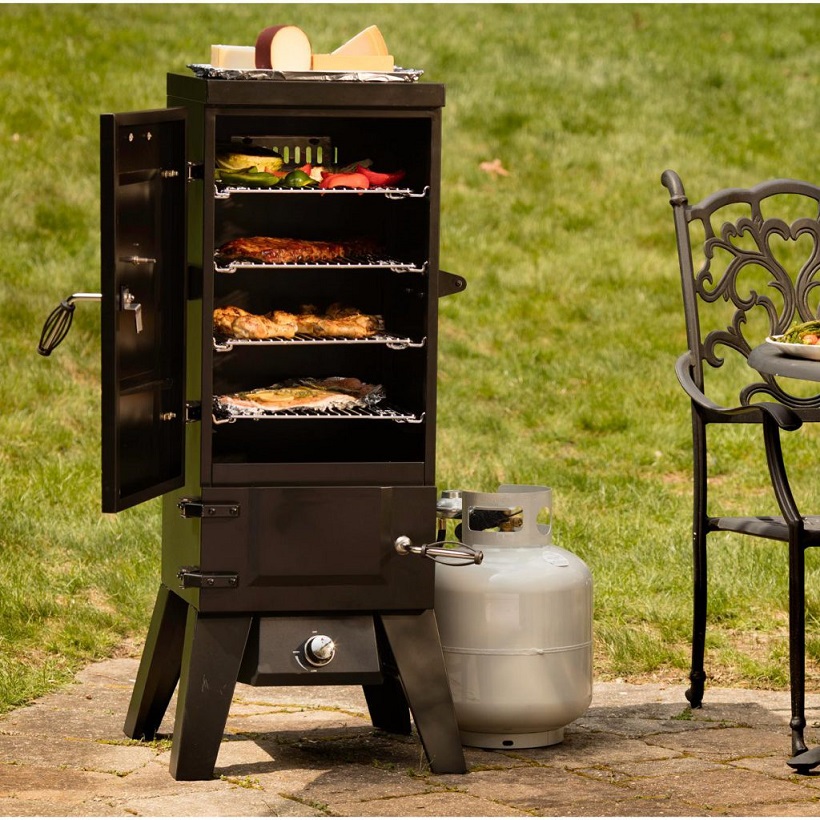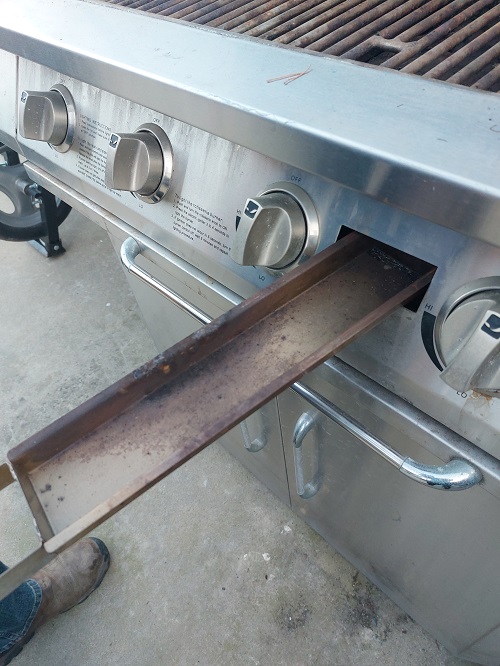The smell of meat cooking outdoors is a strong memory of mine coming up. I grew up where hunting and eating what we brought home was common and something shared. I still go back in my mind to watching my father grill and smoke beautiful cuts of beef, venison, quail, dove, pork, even fish. It wasn’t a “Smoker vs Grill” for us. It was about the experience.
For the venison, what didn’t get smoked was made into jerky, which we kept in the cabinet under the kitchen sink to enjoy for the year—I’ll talk about that in another post.
The smell of gun smoke is as natural to me now as it was back then. Those memories are a blessing to me.
So, what does all that have to do with smokers and grills? Well, I’d say, everything.
As a child, I didn’t think about grilling vs smoking. It was just a thing. I also didn’t think, 30 years later, I’d own my own barbecue restaurant. Now the difference between them is a way of life for me.
Many folks have written articles about “Smoker vs Grill.” Here’s my take on it.
What is a grill anyway?

You may have noticed that, depending on where you hail, folks refer to “barbecue” differently. In the west, say California, folks here usually say “barbecue” when they really mean “grilling”.
It used to bother me, but I grew out of that. Well, almost ????.
A grill is designed with a cooking surface where the heat is directly underneath. It can be flame, charcoal, wood, whatever creates enough heat. The point is, direct heat. And usually a lot of it. Temperatures from 400-700F° aren’t unusual.
Grilling meat is often relatively quick, generates very flavorful grill marks, and creates a distinctive, wonderful flavor.
What is a smoker?
A smoker, in contrast to a grill, is usually designed to cook with indirect heat. That is, the heat is not directly below the meat. Another critical characteristic of a smoker is, well, the smoke. Smokers, whether they burn wood log, wood chunks/chips, or pellets, are designed with an adjoining firebox that generates, you said it, smoke. The firebox provides that smoke to the main cooking chamber.
Another key component to the smoker is the temperature. Smoking usually implies the addage “Low and Slow”. Common temp ranges are anywhere from 180-275F°, depending on what you’re smoking. Big proteins like brisket or pork butt are ideal at 225F° for 12-14 hours, for example. There are many thoughts on this topic.


Can you grill with a smoker? And should you?
That’s a question often asked. From my perspective, the answer is, it depends. Sure, you can grill with the smoker, as long as you can get the temperature high enough. There are hybrid smokers that do that pretty well. Vertical barrel smokers are often designed to allow for grilling and are decent solutions for this.
It can depend on how much cooking space you want and how much you are willing to spend.
Can you smoke with a grill? And should you?
This is also a popular question, perhaps more so. It’s also where I tend to say, “Sure, but not as well.”
Grills are not usually designed to accommodate the space for enough smoking material needed for a good low and slow experience. That said, there are tools available to supply wood or pellets, both integrated in the grill or for sitting on top of the grill surface itself and many folks find good uses for them.


At the end of the day, do whatever works to achieve the flavor you want!
Temperatures
I’ll close this with a little say on temperature. Firstly, don’t guess on temperature. Use a gauge. Also, if you can help it, don’t rely 100% on the dial gauges available on most grills or smokers. If you can take the time to calibrate them and also take time to know the heat zones in your smoker, your meat will be better for it.
For grills, test the surface temperature where the meat will contact. For smokers, verify the ambient temperature.
Here are some basic guidelines we’ve found useful.
High
Temperatures ranging from about 600-700°F + is usually where steaks or burgers grill well.
Medium
This is 450-500°F is more ideal for grilling chicken, pork, vegetables, fish.
Low
225 up to 275°F is the sweet spot for most professional shops and home barbecue pitmasters alike. Big proteins like brisket or port shoulder at the low end and chicken and ribs at the high end. This is the “low and slow” zone that creates spectacular true barbecue taste and experience.
Whatever you use, whether you’re grilling or smoking, do whatever it takes to get the experience you want. Then share it.
Barbecue on!


Comments
3 responses to “Smoker vs Grill – Brothers of the flame”
[…] we get into talking about some of the best beef we like to smoke, let’s get a basic understanding of major differences between different cuts and qualities of […]
[…] in other articles like All about Weber Grills and Smoker vs Grill, we talked about various grill and smoker options, if you have budget and want to go full out, you […]
[…] our blog post Grill vs Smoker, we provide a detail comparison between the different […]